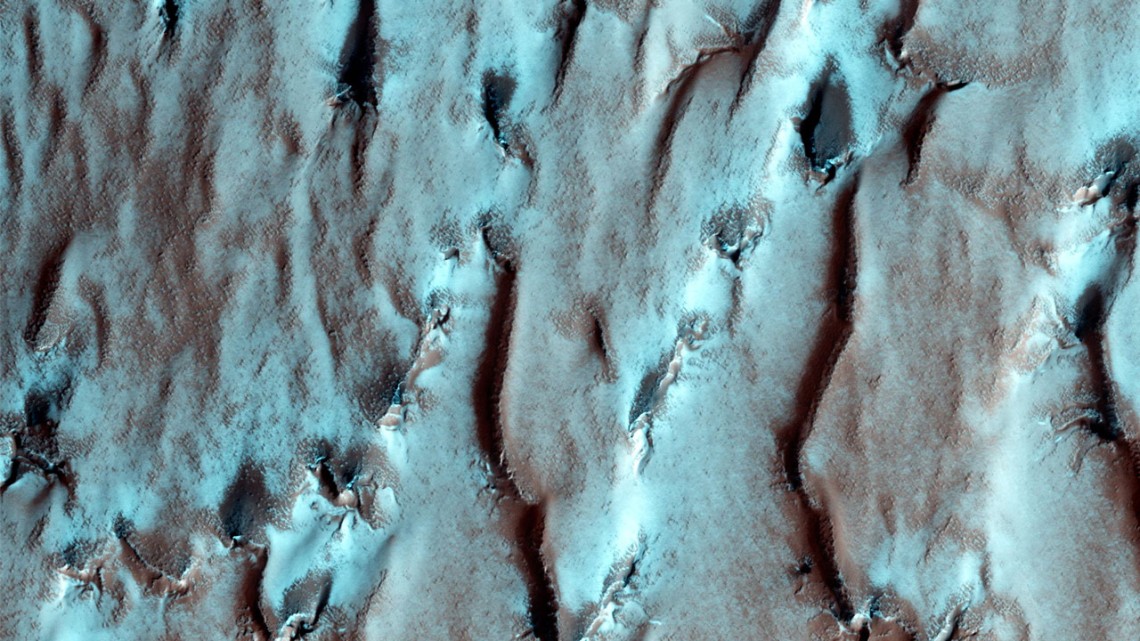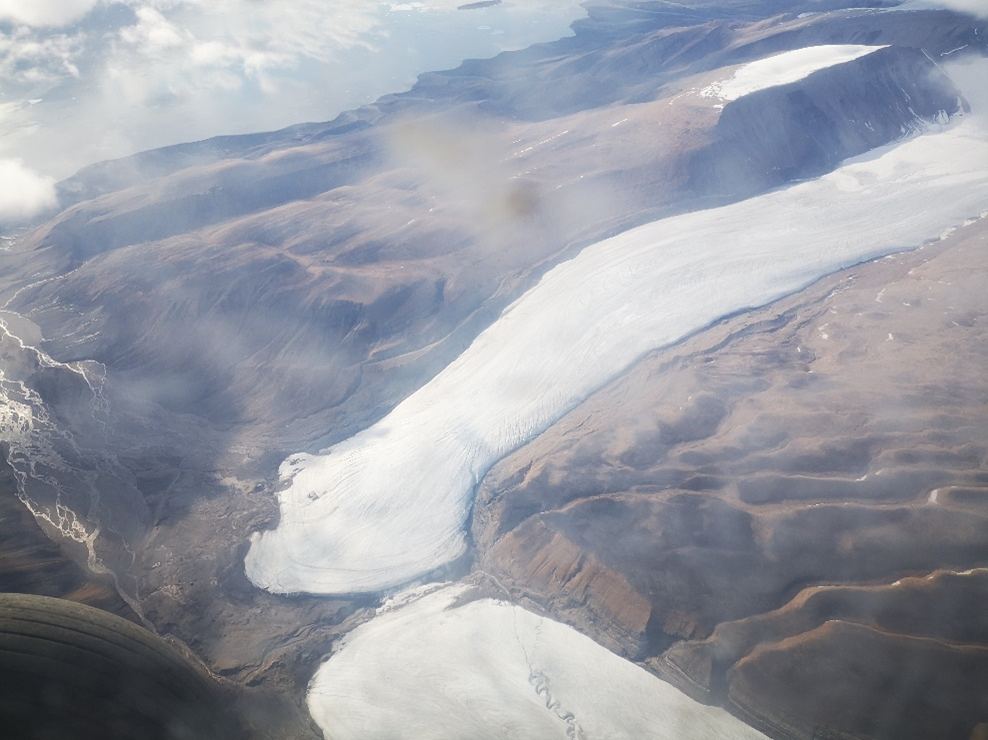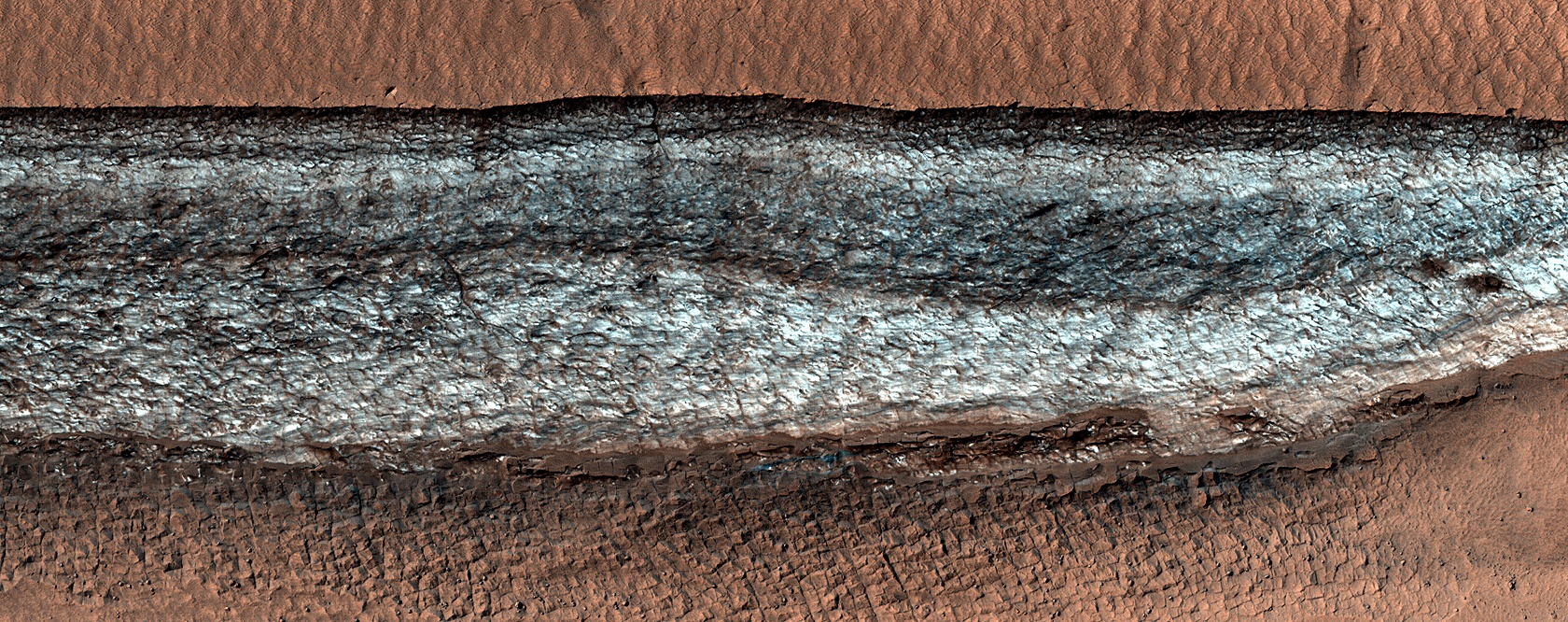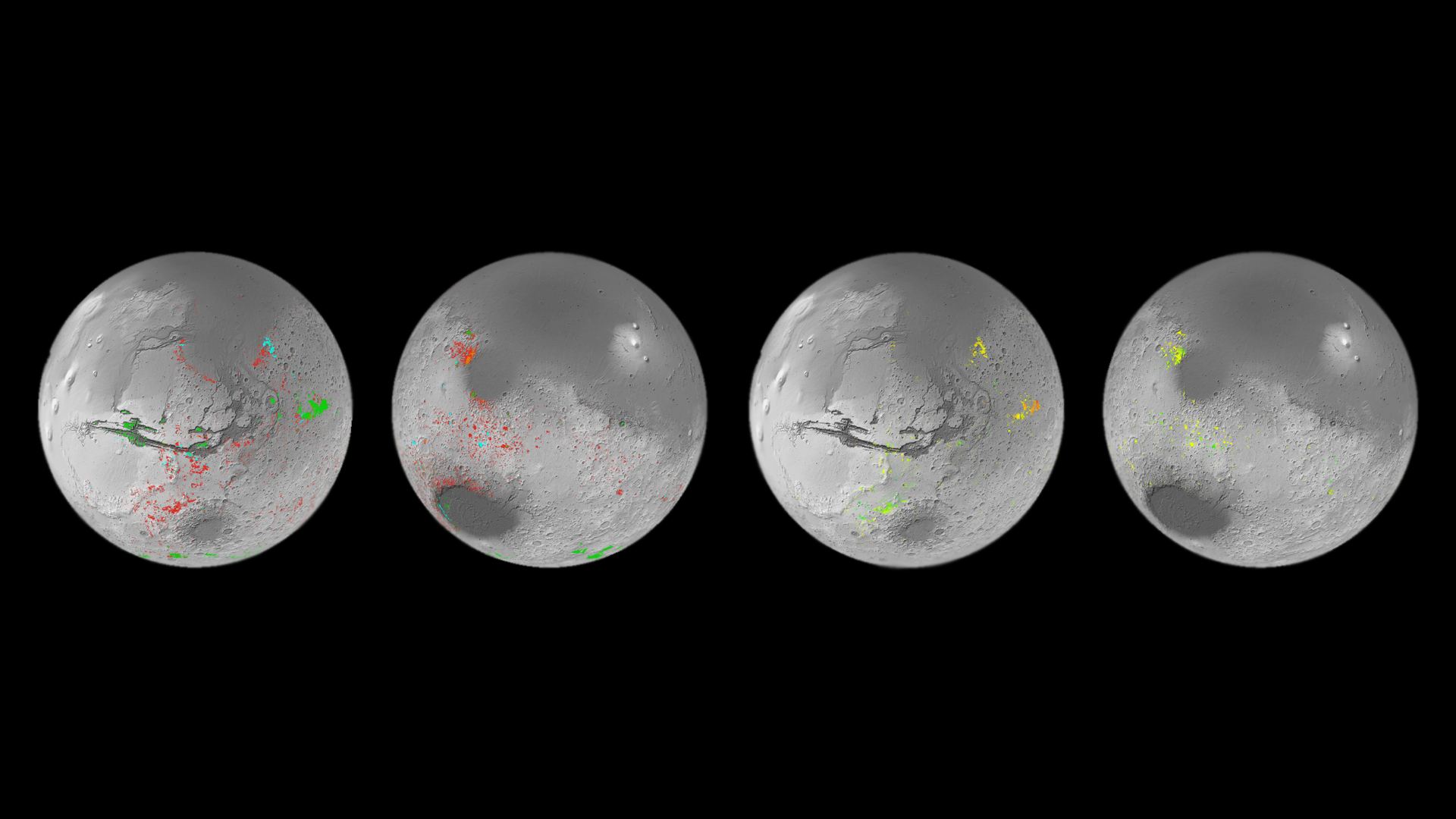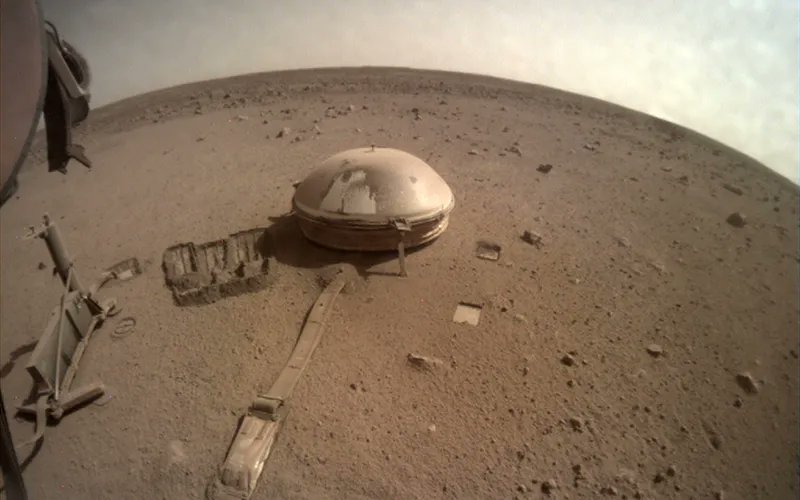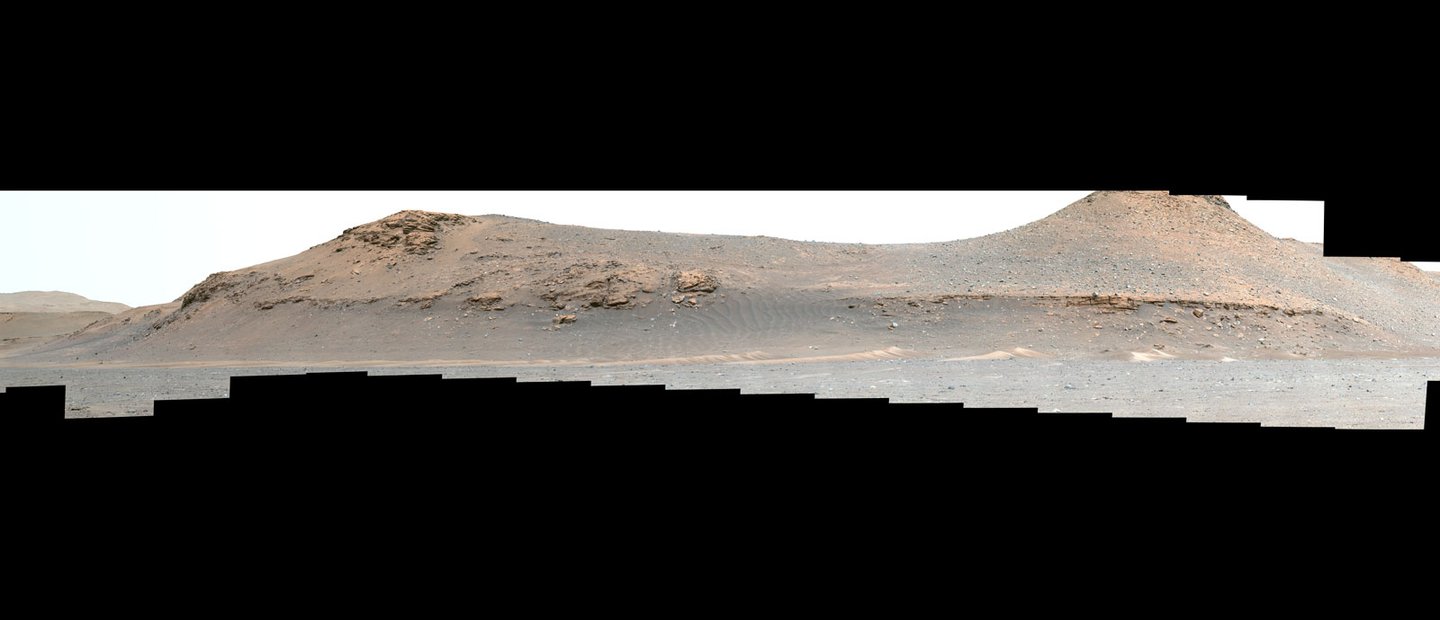The Curiosity rover has now reached its primary target on Mount Sharp on Mars, the mountain in the middle of Gale Crater the rover has been climbing since 2014. This target is not the summit, but a region over 600 meters (2,000 feet) up the mountain that planetary geologists have long anticipated reaching.
Known as the “sulfate-bearing unit,” the region is a boundary between the rocks that saw a lot of water in their history and those that didn’t; a possible shoreline, if you will. That boundary is already providing insights into Mars’ transition from a wet planet to dry, filling in a key gap in the understanding of the planet’s history.
Continue reading “Curiosity Arrives in a Salty Region of Mars. Was it Left Over From a Dying Sea?”

